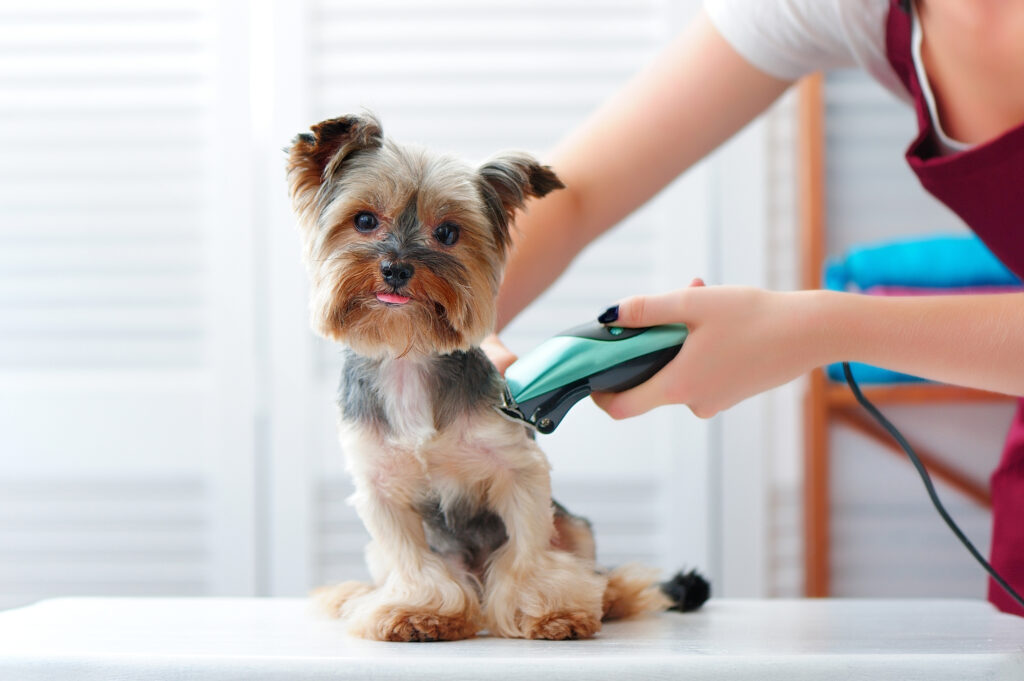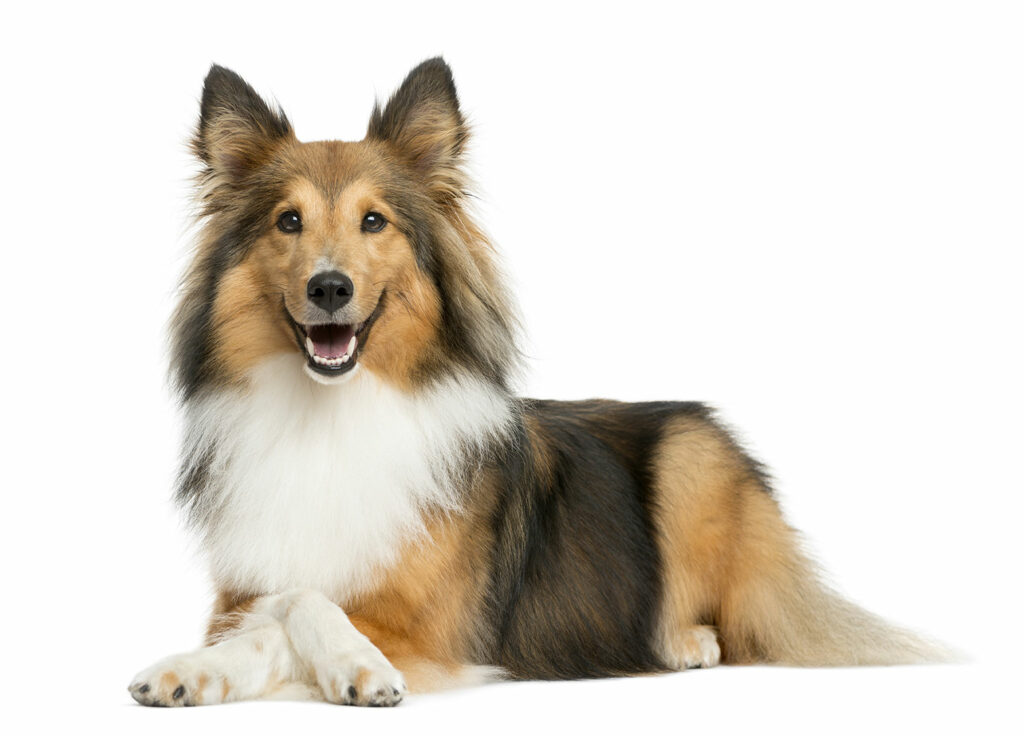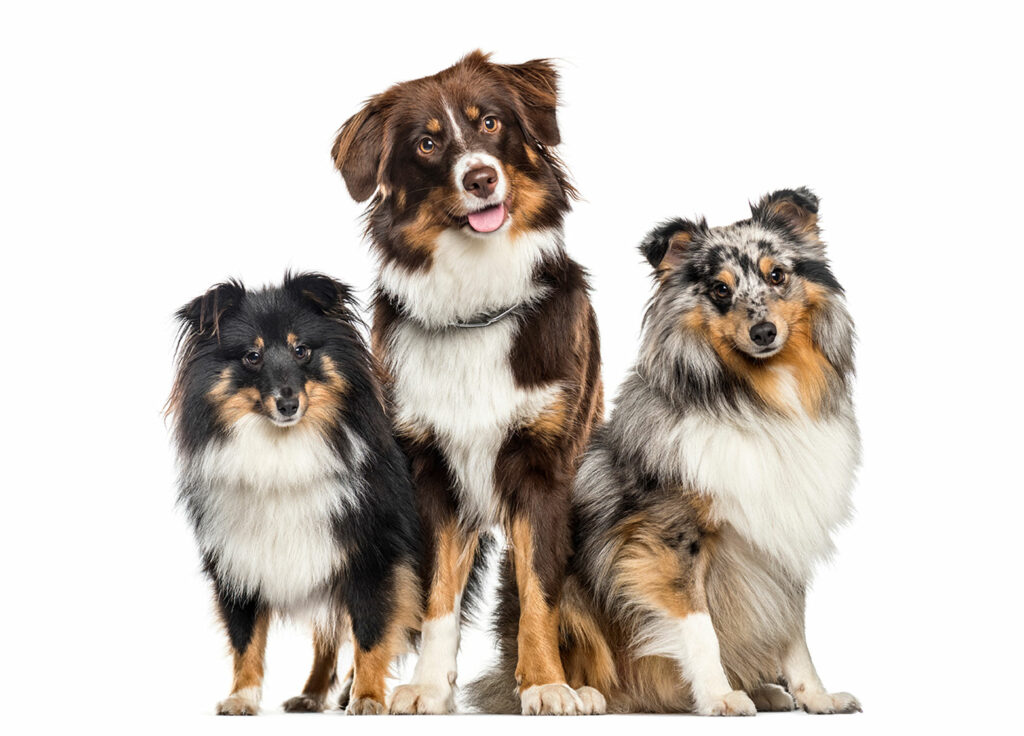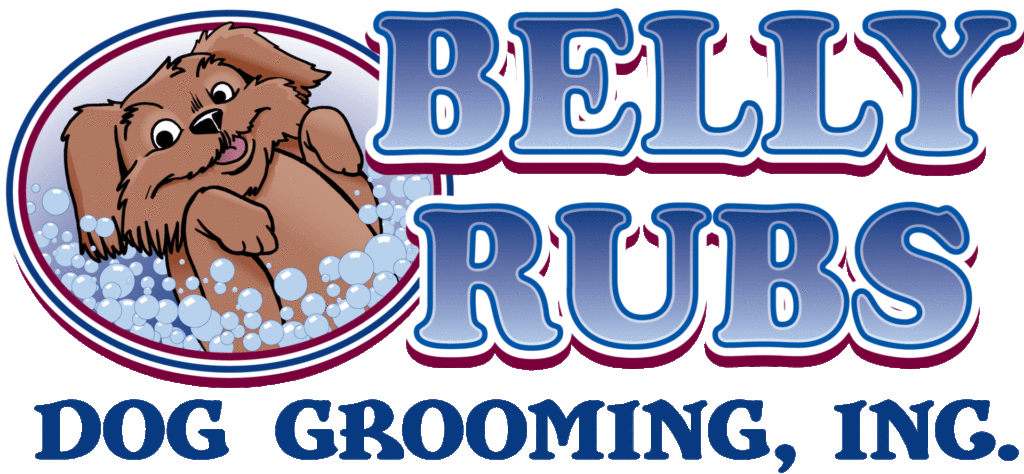Nails Ears Glands and More
We provide a safe, comfortable, and enjoyable grooming experience.
Nails Ears Glands and More
We provide a safe, comfortable, and enjoyable grooming experience.
Nails Ears Glands and More
Nails Ears Glands and More
Information for Your Consideration
The following sections are meant to provide background information on some of the services that we provide, ideas for you to consider in choosing services, as well as insight into why or how we choose to provide them.
Nail care
Nails Ears Glands and More
Cutting into the quick causes bleeding and pain, and should be avoided whenever possible. However when a dog has nails that are overgrown to the point of causing permanent damage, sometimes cutting into the quick is the lesser pain. Some dogs are not used to having their paws handled and nails trimmed, and may object to the process. We want to keep nail trimming as positive an experience as possible, while still accomplishing a safe, short trim. Sometimes it is necessary to restrain an unhappy dog, for their own safety and for the safety of the groomer, in order to trim their nails. If we cannot safely trim your dog’s nails, we will refer you to a veterinarian to have it done.
Nails Ears Glands and More
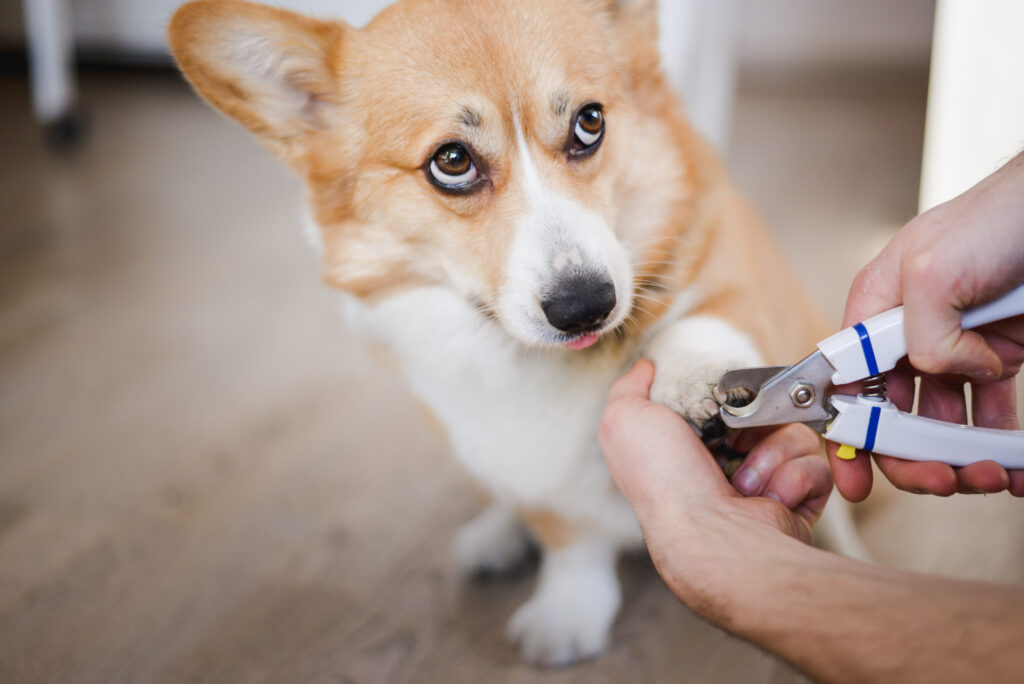
Ear Plucking and Cleaning
Certain breeds of dogs have hair that grows from inside the ear canals. Traditionally, groomers would pluck this hair out when they clean the ears. Overgrown ear hair can become tangled around ear wax and cause painful mats and blockages, hold water creating a breeding ground for yeast or bacteria, or catch foreign objects like grass seeds which irritate the ear.
However, when a hair is forcibly pulled, the follicle can be opened to infection, and cause pain or irritation to the ear. Recent studies have shown that forcibly pulling ear hair may actually cause ear infections. To reduce the chance of infection while keeping ears clear, we pluck only the hair that comes easily, and may shave or trim some hair. The aim is to keep the ear canal open enough that hair does not create an obstruction to air flow.
Ears are cleaned with a canine ear cleaner and discharge is wiped clean. As the cleaner works its way further into the ear canal, your dog may shake his head and cause debris further down to become dislodged and make its way to the surface. You may notice this debris after your dog returns from a grooming visit. It is safe to use a cotton ball to wipe this debris away, but do not use a cotton swab to reach further into the ear canal, as you may push debris back down and cause a blockage.
If an ear already shows signs of irritation, such as redness, swelling, or excessive discharge, there may be an infection present. In these cases, the recommended action is to not pluck or clean the ear, and refer the dog to a veterinarian so the ear can be checked for infection and treated.
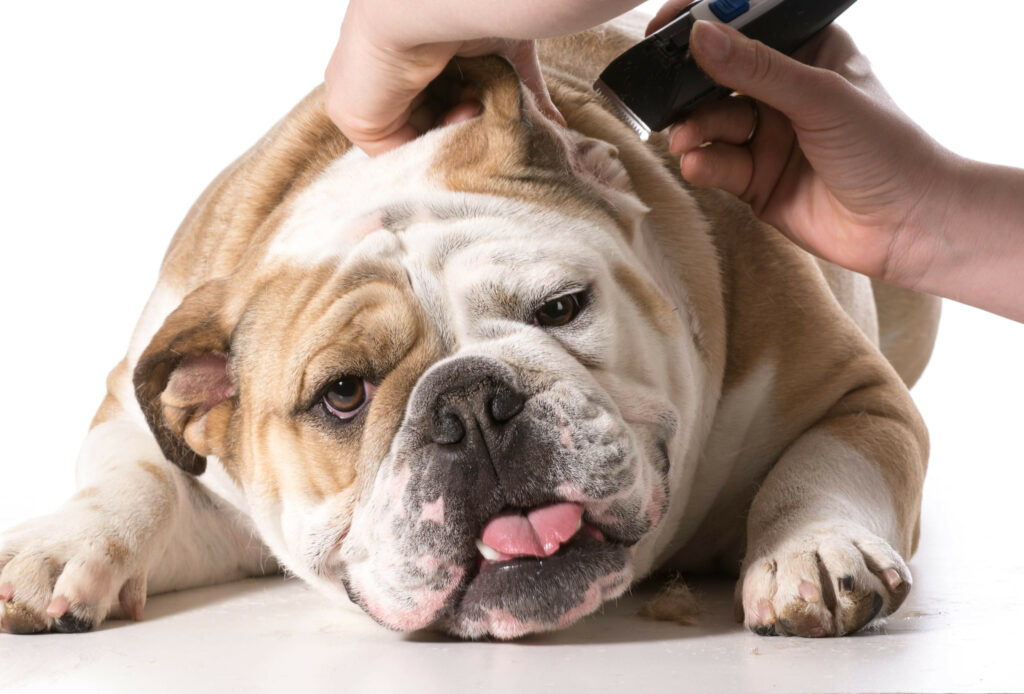
Nails Ears Glands and More
Anal Gland Expression
Two small sacs known as “anal glands” are located beneath your dog’s skin, just below the anus. These sacs will fill up with a foul-smelling liquid that can be used to mark a dog’s territory to other dogs. When a dog has a healthy bowel movement, the pressure will cause the muscle to naturally express these glands.
Unexpressed glands can become infected, or even rupture. A dog with full glands may scoot or lick their rear excessively. Some dogs, especially smaller breeds, are unable to express the glands on their own. In these cases, a groomer may manually express the gland with gentle external pressure. A veterinarian or their staff may internally express these glands, which is the preferred method.
Manually expressing anal glands may weaken the muscles and make them unable to naturally express the glands, so we will only express glands if they appear full. Attempting to express an infected or swollen gland can cause it to rupture, so if we cannot easily express them, or attempting causes the dog pain, we will refer you to a veterinarian.
Anal glands that are infected, impacted, or for other various reasons may not empty from external expression. Some dogs may need their anal glands to be expressed internally, at a veterinarian facility. A groomer cannot determine your dog’s needs in this matter, and will not be responsible for any consequences of anal gland expression, regardless of whether or not the anal glands empty.
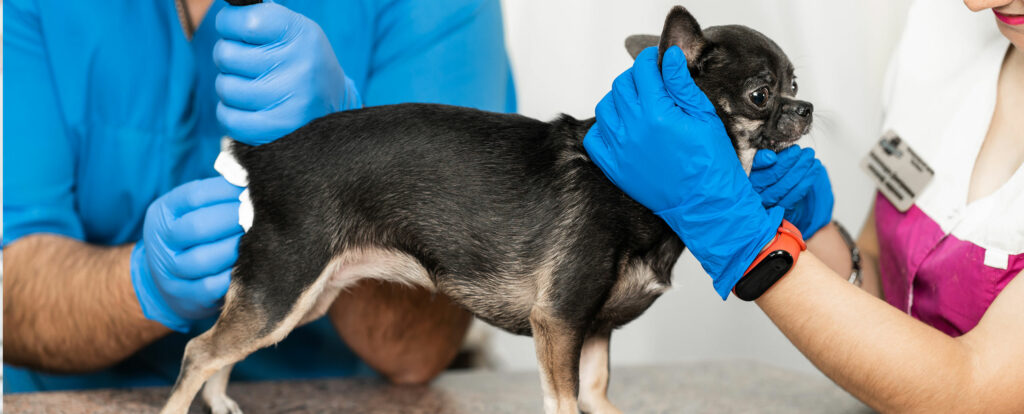
Shaving Double Coated Dogs
There is plenty of research available online stating that this should not be done, and why, and plenty of people that have not had a problem after having it done. A positive past experience is not a guarantee of similar future results.
Here are 4 things we would like you to know:
Shaving your double coated dog will not make him/her cooler, and may have the opposite effect by interfering with your dog’s natural heating/cooling system. Your dog may also be more likely to get sunburned.
Your dog will not shed less.
Your dogs’ coat may not grow back nicely, evenly, correctly or at all. There may be several reasons for this, and the future growth pattern cannot be determined.
The skin that shows may not be pretty! It may be discolored, uneven, and odd looking.
